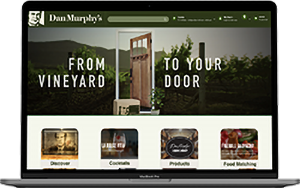Project Overview
Investigating the shopping behaviour of Australia's largest liquor supermarket's customers during the COVID-19 isolation period. Even with potential health risks, people are still opting to shop in-store. But why?
-
Duration
3 weeks
-
Designer
Paul Harvey
Rhett Simons
Claudia Lei
-
Role
Research
Surveys
Competitive analysis
Journey mapping
Interviews
Prototyping
Usability testing










